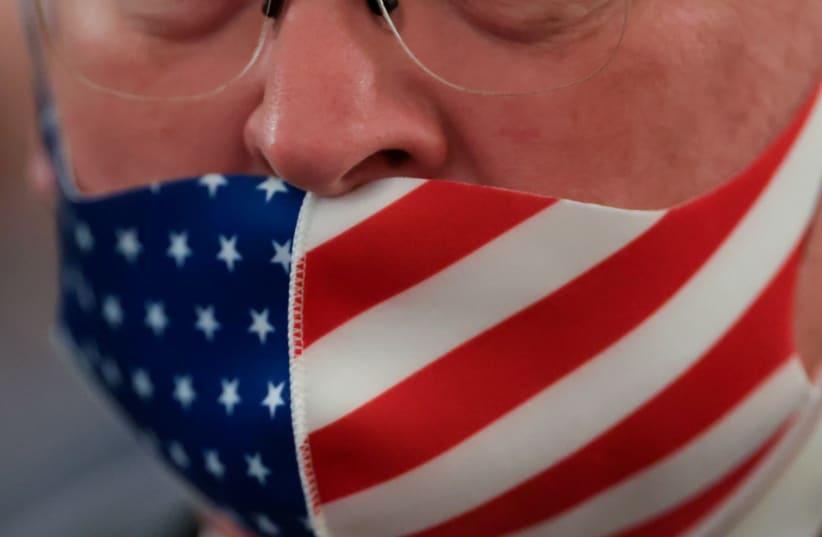Kennedy isn't alone in his thoughts. Robert Kozak, a clinical microbiologist at the Tornoto-based Sunnybrook Health Sciences Centre, agrees that the nose, like all areas that could be potential means of infection, should be covered and secured, and compared the virus entering the cells to home invasion.“If you think of a cell as a house, rather than just having one door, they’ve now got your front door, a back door, a side door, a door in the garage… perhaps some of the lung cells might only have one door instead of a couple,” Kozak told The Star.The focus on the nose comes as many scientists study means of diagnosing COVID-19, with one of the most commonly observed symptoms being a loss or distortion of the sense of smell.Idan Zonshine contributed to this report.Out now! #SARSCoV2 reverse #genetics reveals a variable #infection gradient in the #respiratory tract. https://t.co/t0xoXQ8cmm For all @CellPressNews #coronavirus research and commentary, visit https://t.co/BCdU2ltXnp#COVID19 @UNC pic.twitter.com/AyMHSpWFe0
— Cell (@CellCellPress) July 24, 2020
Coronavirus: Cover your nose when you wear a mask, doctors say
New evidence is increasingly showing that it is far easier for the virus to affect internal systems when passing through the nose.
